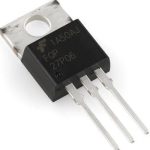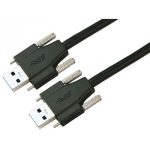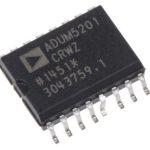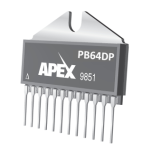
Bluetooth 5
Bluetooth 5 was launched in December 2017. Right from the moment, it was launched it became clear that Bluetooth Special Interest Group (SIG) intended to come up with the technology that was better suited for the Internet of Things. A couple of months after the launch, Apple and Samsung incorporated it into their smartphones. Ever since then, manufacturers of smartphones and other devices advertise the support for Bluetooth 5 on the specifications list, this is evidence that the demand for the same has gained momentum already.
What is Bluetooth 5.0?
It is the latest version of Bluetooth Wireless Communication. Bluetooth 5 offers longer range, improved transfer speeds, larger broadcast message capacity, improved interoperability and better coexistence with other wireless technologies. Unlike its predecessors, Bluetooth 5.0 incorporates mesh networking making it a strong contender for long-range wireless communications mostly in IOT and IIOT.
Mesh networking
A mesh network is a local network topology where the nodes connect directly to other nodes and cooperate with each other to route data to clients. A mesh network can dynamically self-organize and self-configure hence reducing installation costs. This ability to self-configure also enables the dynamic distribution of workloads mostly so in the event of failure of a few nodes. Nodes are small radio transmitters which function in the same manner as wireless routers, they use the common Wi-Fi standard to communicate with each other.
The beauty of a wireless network is that only one node needs to be physically wired to a network connection. The connected node will then share its internet with the other nodes in the vicinity. The more the nodes the further the connection will spread leading to a “cloud connectivity”.
Specialized nodes address low power requirements by using friend nodes to cache messages the low power nodes poll between extended sleep states from time to time. The Bluetooth mesh can use Generic Attribute Profile to connect with legacy devices that use the earlier Bluetooth versions of enabling it to utilize existing BLE capabilities like a beacon for generating area specific messages to smartphones.
You May Also Like This : “Bluetooth 5 Mesh Networking to Advance IoT“
Bluetooth 5.0 and IoT
Courtesy of mesh networking, Bluetooth 5.0 is delivering reliable IoT connection and mobilizing the adoption of beacons which in turn reduces connection barriers and makes it possible to implement a seamless IoT experience. It offers the flexibility to build IoT solutions characterized by better range, improved speeds, and better security.
Implementing Bluetooth 5.0
You can use the BGM13P hardware solution to implement Bluetooth Mesh solutions into any design. The RGM13P combines a wireless processor and a full stack to provide a certified Bluetooth system. At the core of the module lies the EFR32BG13 Blue Gecko Wireless system-on-chip which provides the primary functionality. The EFR332BG13 embodies 32-bit Arm Cortex-m core, a 2.4 GHz radio subsystem, the extensive complement of peripherals (both analog and digital) and 512 and 64K bytes of flash and RAM respectively. The SoC alongside an on-chip hardware crypto accelerator offers tight security.
This module can serve as a foundation for custom Bluetooth hardware designs. As such, designers will the responsibility for design requirements, for instance, the SoC support circuitry and the certification required to certify the completed design. The BGM13P consumes 87 micro amps when active and 1.4 microamps when in a sleeping state. The designer could use the low energy sensor interface to further improve on the energy consumption.
Summary
IoT is growing rapidly and Bluetooth is proving to be the preferred network solution. Designers can take the fast track to Bluetooth 5.0 mesh network solution using the BGM13P module which has proved to be efficient and versatile. Don’t be left out, be part of the revolution.




















